Model Course
「紅葉」の奈良公園をめぐる
<見頃:10月下旬~11月下旬>深まりゆく奈良の秋を彩る紅葉には格別の風情があります。「奥山に紅葉ふみ分け鳴く鹿の…」と詠われた万葉集の世界を歩きます。
| Areas |
toudaiji |
|---|
Model Course
Nara City Tourist Information Center
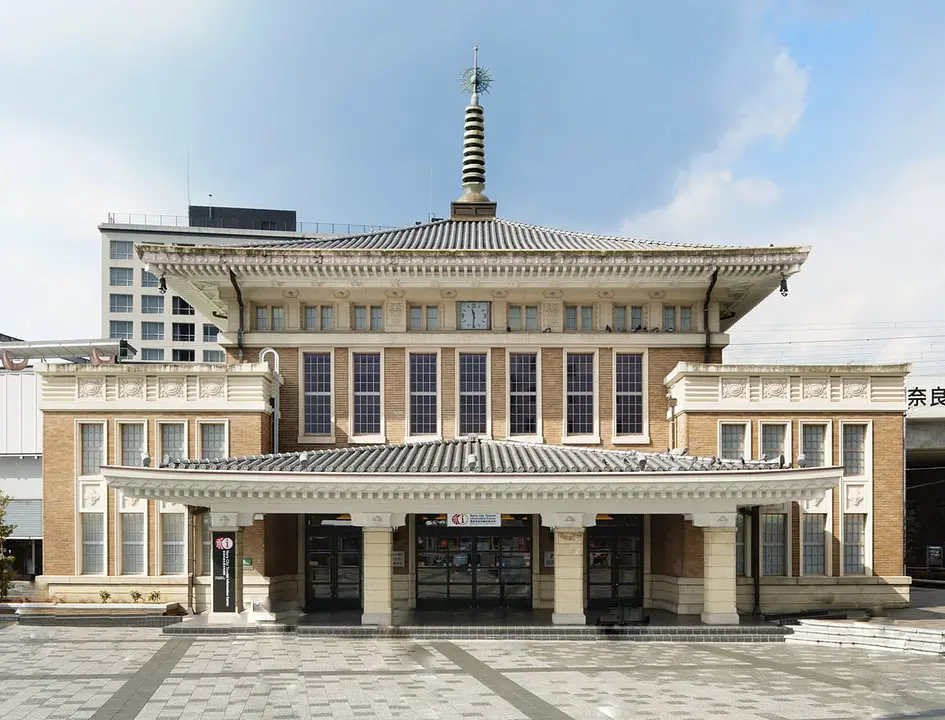
Nara City Tourist Information Center
The former station building of JR Nara Station opened on July 25, 2009 as the Nara City General Tourist Information Center. There is also tourist information in foreign languages and a tourist information search corner connected to the internet.
Central Golden, Kohfukuji Temple
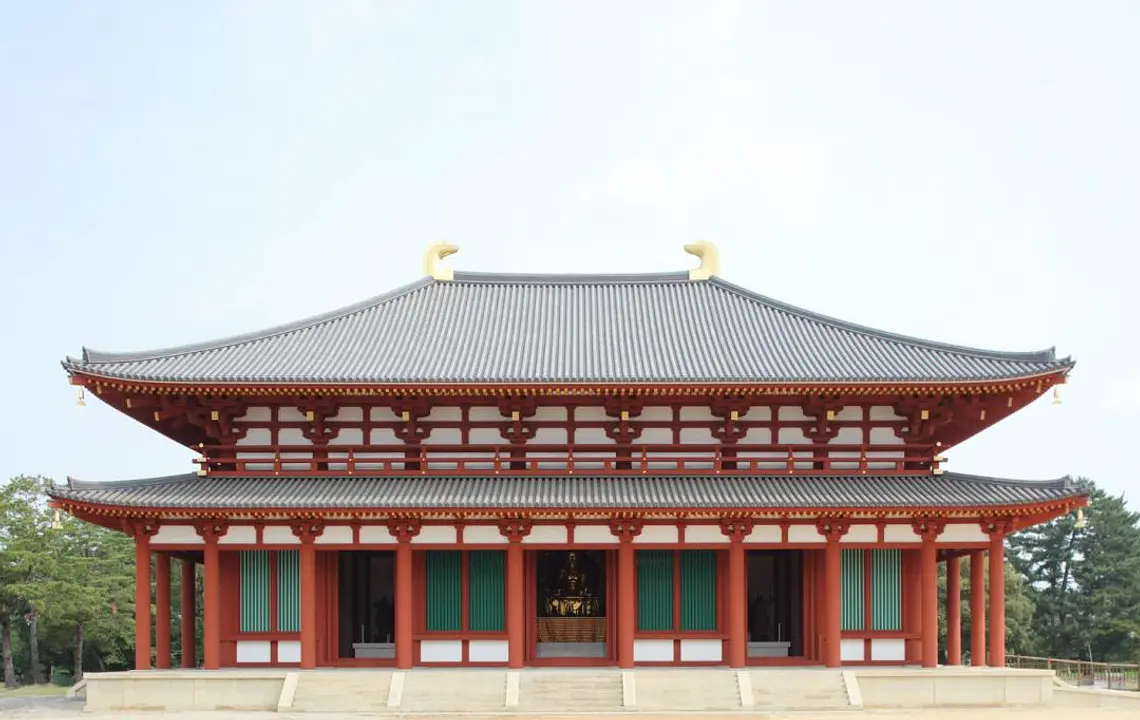
Central Golden, Kohfukuji Temple
Central Golden Hall is the focal point of the Kohfukuji compound and the temple's most important structure. Repeatedly destroyed by fire and rebuilt since its construction, the Central Golden Hall was rebuilt in 2018, after 300 years. The Hall contains Buddhist images, most notably a seated Shaka Nyorai, which is the temple's principal object of worship, as well as the Four Heavenly Kings (a National Treasure), among others.
Ukimido Gazebo
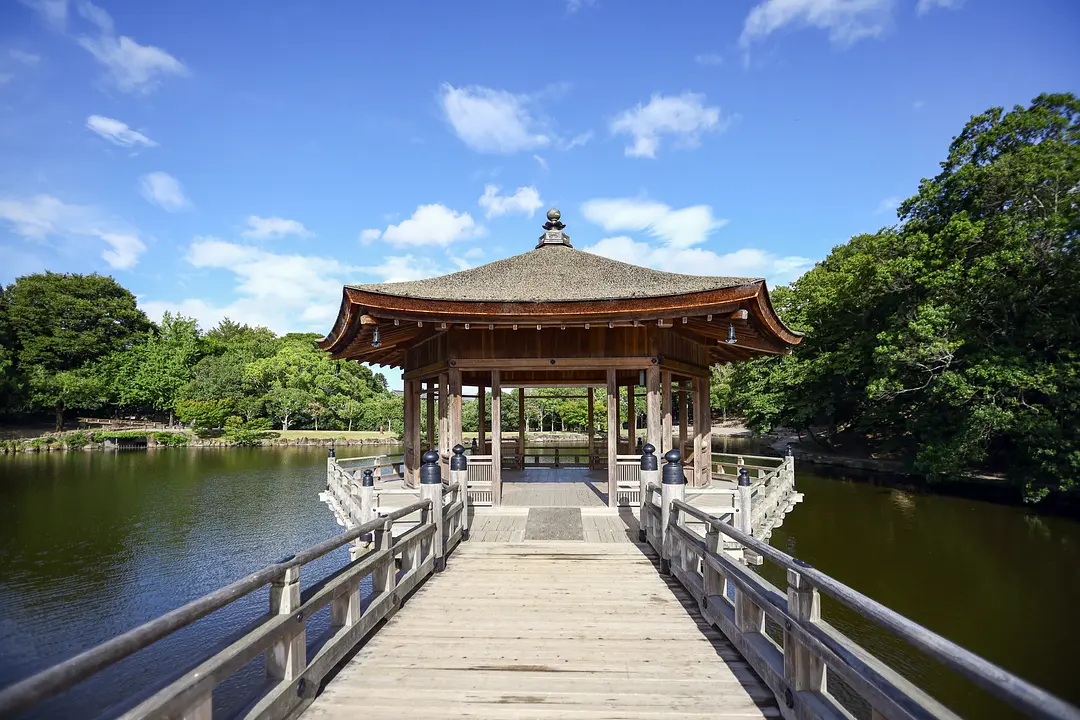
Ukimido Gazebo
This is an octagonal (hexagonal) temple with a cypress bark roof floating on Sagi-ike Pond in Nara Park. The reflection on the water's surface is beautiful, making it a place to relax by the water. The current Ukimido was restored to its beauty through three years of restoration work from 1991 to 1994, as the old Ukimido had become dilapidated. You will come across it as you walk through the Asajigahara forest from Kasuga Taisha Shrine.
Yugayama-enchi
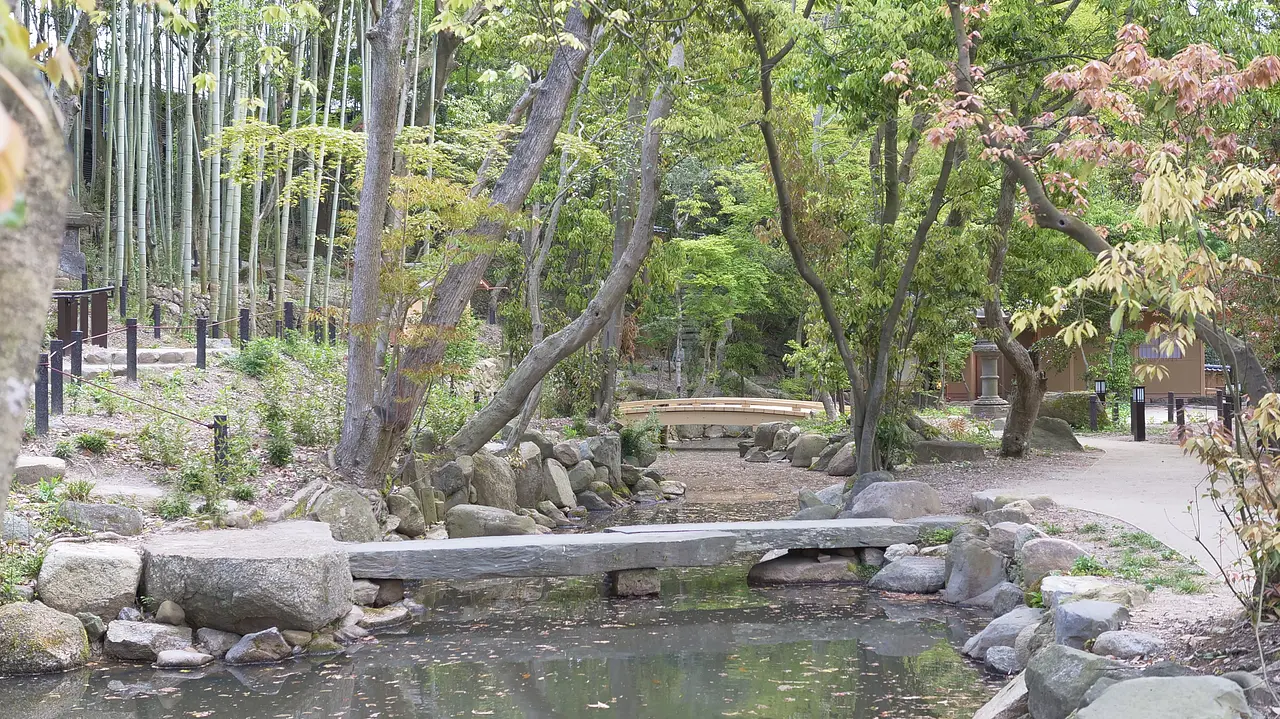
Yugayama-enchi
Yugayama-enchi (formerly Nanto Villa Garden of the Yamaguchi clan) is an approximately 1.3 ha garden located on the south side of Ukimido and Sagi Pond. In 1927, the area was added to the nationally designated cultural property ``Nara Park, a place of scenic beauty'' due to its spectacular view of Yugayama and Sagi Pond. This is where the villa of Mr. Yoshirobe Yamaguchi, who was active in the Osaka business world from the Meiji period to the Taisho period, was located, and it is said that in the past, painters such as Komidera Hachizan and tea masters sought cultural exchange in the garden and tea room. Historical facts too. You can enjoy seeing the views of Nara that the artist loved, the various garden styles, and the details on the stone lanterns. On the west side of the garden is the tea room "Takuan," which is a restored version of the tea room built by Yoshirobe Yamaguchi, and you can use it by making a reservation. Entry is from the south side of Ukimido and Sagi Pond. (Photo provided by Nara Prefecture)
Tamukeyama Hachimangu Shrine
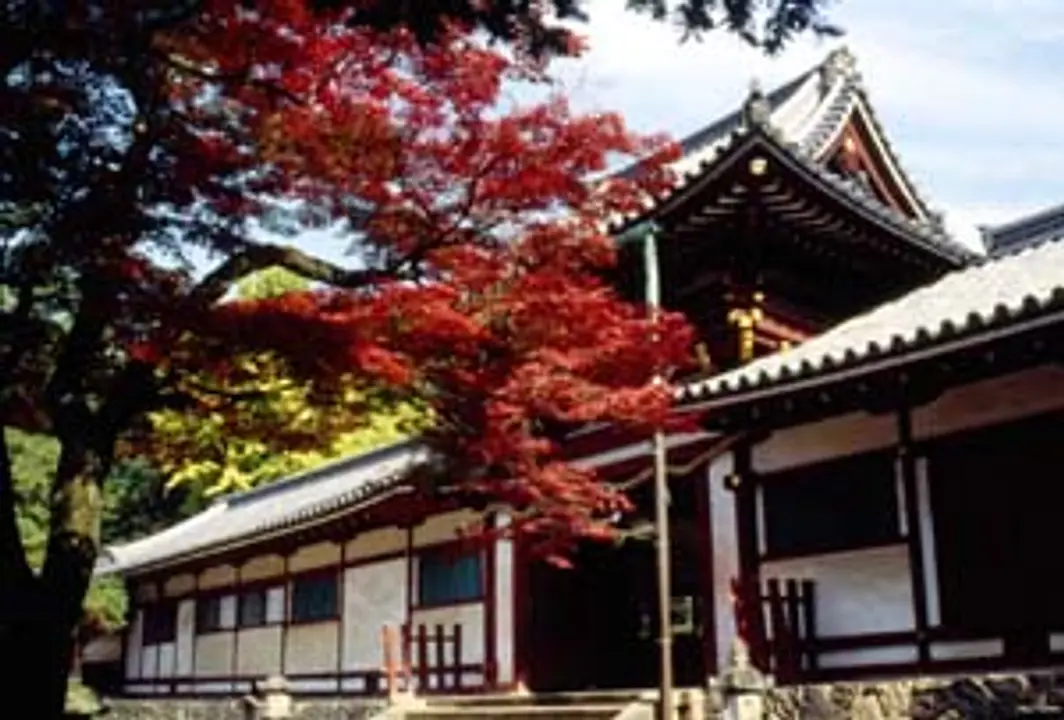
Tamukeyama Hachimangu Shrine
It was constructed in 794, around the time when the Great Buddha was built, in order to protect Todaiji Temple. It is also famous for its beautiful autumn leaves, and Sugawara-no Michizane wrote a waka poem, which says "I feel very sorry that I could not even prepare nusa(gift) to offer to the gods for this trip. Instead, I will use these beautiful colored autumn leaves as offerings." The treasure house in azekura-zukuri style(Important Cultural Property) was relocated from Todaiji Temple.
Todaiji Temple - Nandaimon Gate
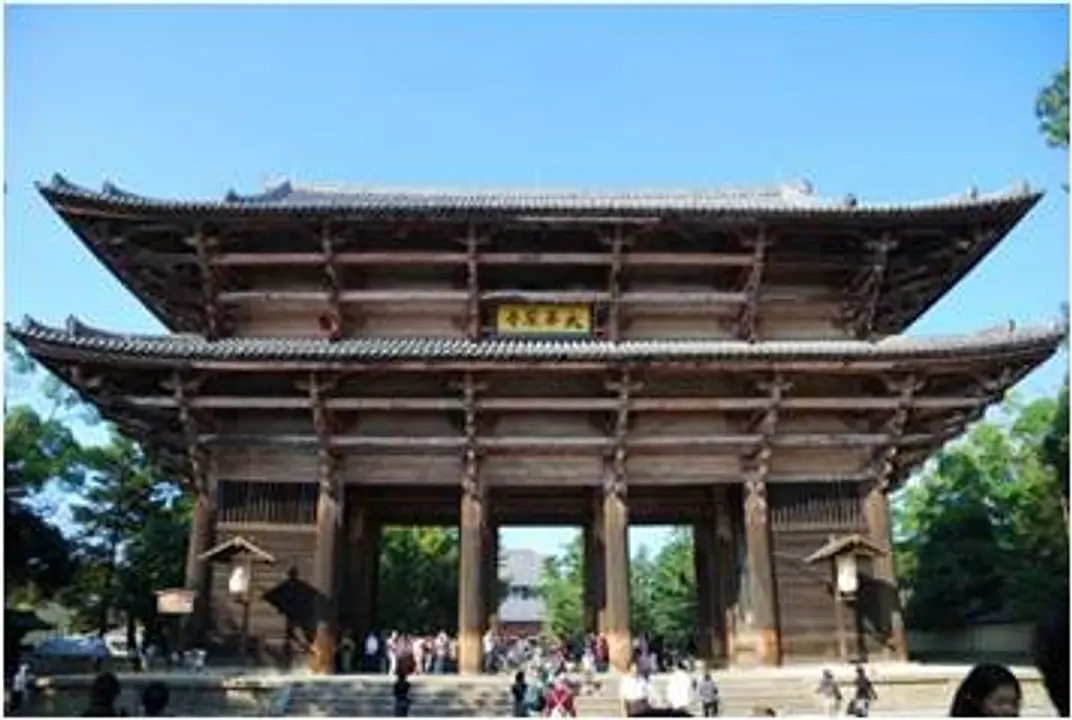
Todaiji Temple - Nandaimon Gate
The original gate (8th century) was destroyed by a typhoon in the 10th century. The current gate was reconstructed by the Buddhist saint Chogen Shonin who restored Todaiji Temple in the 13th century. The gate is a precious relic that recollects the majesty of the 13th century reconstruction of the Great Buddha Hall, which does not exist anymore. The 18 large columns which reach to the garret extend to 21 meters, and the height of the gate is 25.46 meters from the base podium. It is the largest main temple gate in Japan, and suitable for the Great Buddha Hall.
Todaiji Temple - Kaidando Hall
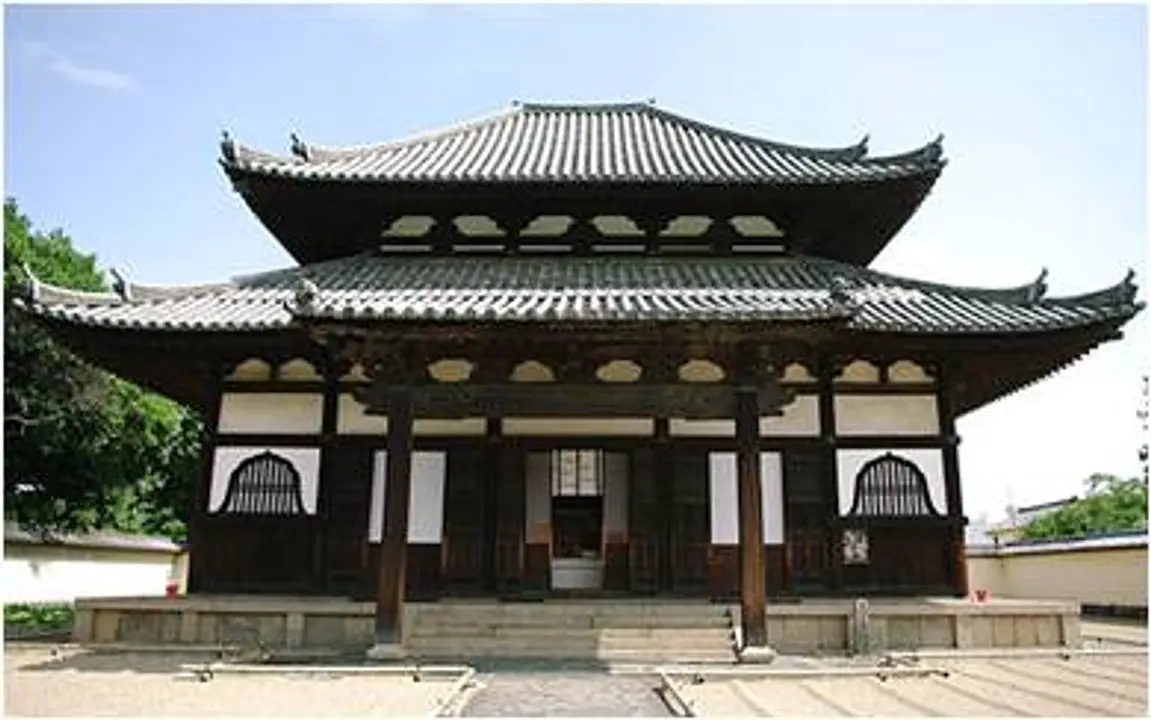
Todaiji Temple - Kaidando Hall
In the year 754, the Emperor Shomu, the Empress Koken and the Dowager Empress Komyo, took the Buddhist precepts from Ganjin (Jianzhen), who came from Tang China, at the Kaidan-do (ordination hall) built at the front of the Great Buddha Hall. The next year, the Kaidan-do was established as the first official place for jukai (handing down of the precepts) in Japan. There was once the Kaidan-do, kodo (lecture hall), temple quarters, and cloister, but by the 17th century they were destroyed by three different fires. Only the Kaidan-do and Senju-do were restored.
Isui-en Garden/Neiraku Art Museum
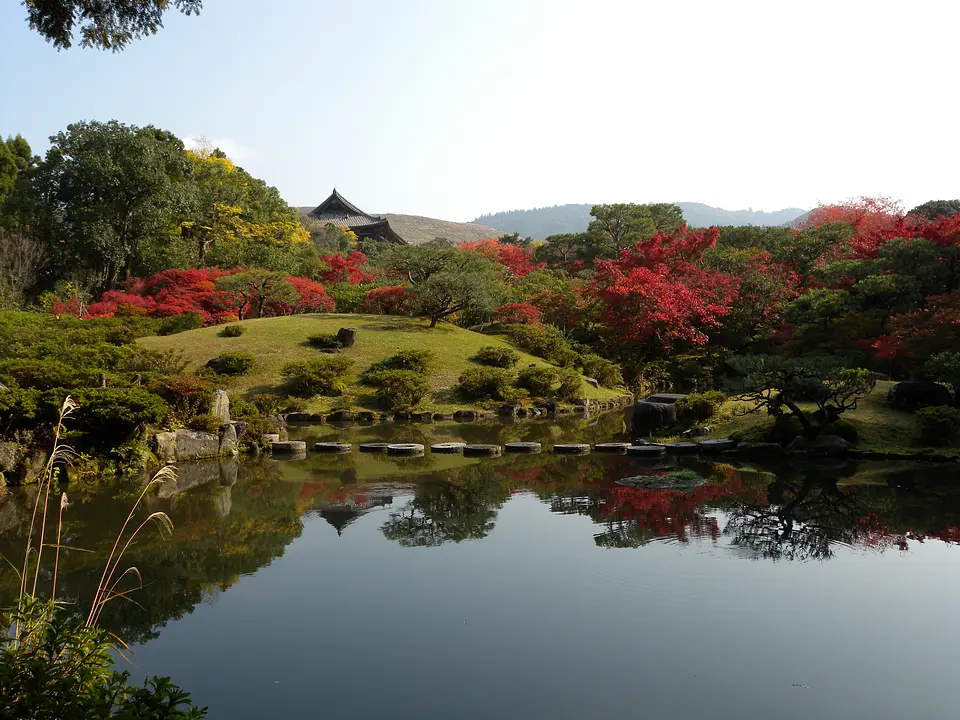
Isui-en Garden/Neiraku Art Museum
This garden was once built as a villa by a merchant from Nara Sarashi, and was designated as a national scenic spot in 1975. The roofs of Mt. Wakakusa, Mt. Kasuga, and the South Gate of Todaiji Temple serve as borrowed scenery, and the Nakanoshima Island and the artificial mountain are covered with grass, as if the grass of Mt. Wakakusa continues all the way into the park. Also within the park is the Neiraku Art Museum, which stores and exhibits Oriental antiquities.